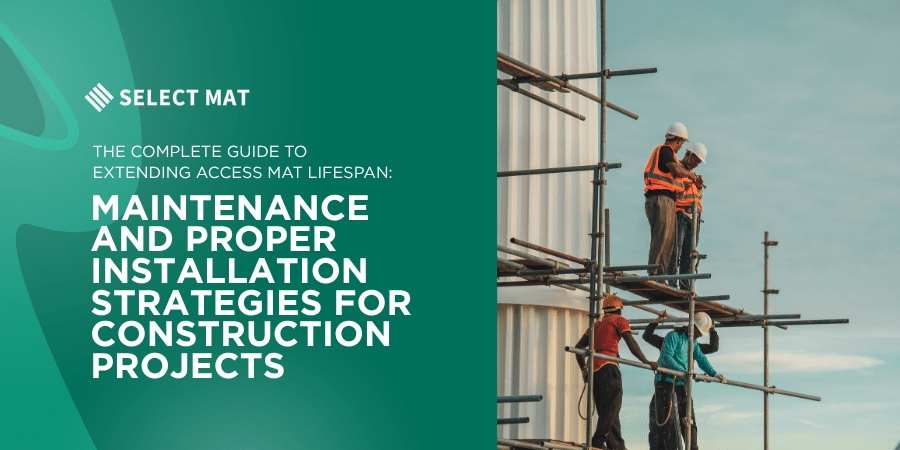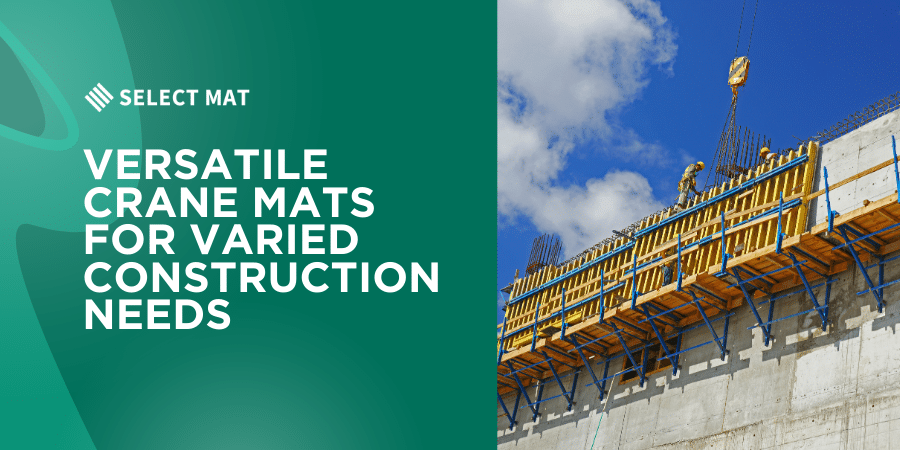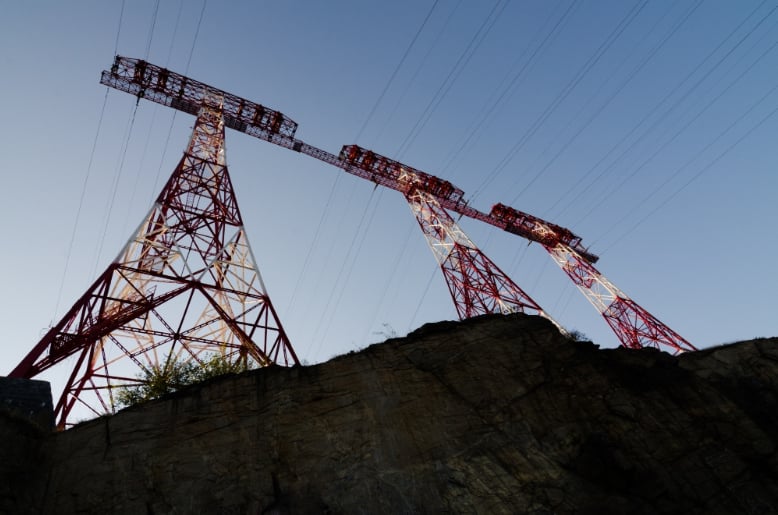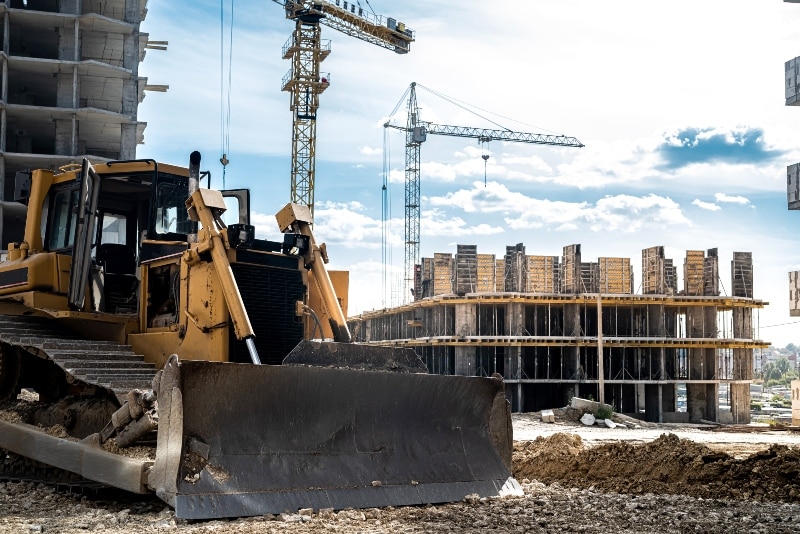Introduction: The Critical Role of Access Mats in Construction Projects
Access mats are far more than simple ground covers in pipeline and transmission & distribution (T&D) projects. They are vital investments that directly influence project timelines, environmental compliance, and overall budget management. As projects expand into challenging terrains and face ever-tightening environmental regulations, the strategic deployment, proper installation, and regular maintenance of access mats become essential components of successful project oversight.
While many project managers guard against the hidden costs of neglected maintenance, there is another crucial factor that can determine the success of your matting strategy—proper installation. An improperly installed mat not only shortens its lifespan but also poses severe safety risks. For instance, a crane mounted on a mat that wasn’t securely installed could cause the entire setup to fail, leading to equipment damage and even hazardous accidents.
The Importance of Proper Mat Installation and Maintenance
Professional Installation and Removal
- Using a dedicated mat service provider ensures that the mats are correctly positioned for even load distribution.
- Experts in installation will confirm that mats are securely placed, thereby reducing the risk of shifting or failure during heavy equipment operation.
Installation Guidelines to Prevent Failure
- Ensure that the ground surface is properly prepared and leveled before mat placement.
- Remove debris and contaminants to prevent the mat from shifting or embedding into uneven surfaces.
- Apply recommended fastening techniques and check that mats are interlocked (for composites) or secured, especially in areas where heavy machinery operates.
- Regularly inspect installation points and connection systems to catch any early signs of displacement or damage.
Consequences of Improper Installation
- Increased risk of premature wear and catastrophic failure, which may lead to unexpected replacement costs.
- Elevated safety hazards, such as equipment toppling—a crane on an improperly installed mat, for example, can lead to severe accidents.
- Unplanned delays in project timelines from downtime and equipment repositioning.
The Hidden Costs of Neglected Mat Maintenance and Installation
- Equipment mobility suffers when mats are not installed securely, creating bottlenecks in heavy machinery operations.
- Delays in project timelines can cost thousands of dollars daily.
- Idle equipment and crew time generate unnecessary operational expenses.
- Potential contractual penalties may be incurred due to safety or environmental compliance breaches.
- Environmentally compromised areas may face soil disturbance, wetland damage, and fines far beyond the cost of preventive measures.
- Mats can become damaged beyond repair and often carry a replacement charge – which adds to an unplanned back-end cost.
Factors Contributing to Mat Deterioration
Environmental Exposure
- Moisture, temperature fluctuations, UV radiation, and freeze-thaw cycles can exacerbate wear, particularly if mats are improperly installed and fail to drain adequately.
Heavy Equipment Impact
- Dynamic and static loading from cranes, excavators, and bulldozers can damage mats, especially when installation flaws cause uneven load distribution.
Improper Handling and Placement
- Dropping, dragging, or forcefully positioning mats can introduce structural weaknesses. Correct installation practices minimize these risks by ensuring mats have a stable, even base.
Strategic Maintenance and Installation Practices
Professional Installation Services
- Employ qualified teams to install and remove mats, ensuring that installation aligns with manufacturer and safety guidelines.
- Inspect installation quality regularly to detect any early signs of movement or failure.
Regular Inspection Protocols
- Train site personnel to recognize early warning signs of deterioration such as cracking, splitting, or uneven surfaces.
- Use standardized checklists to document the condition of mats and identify potential installation flaws.
Proper Cleaning and Debris Management
- Remove mud, organic material, and chemical spills promptly to prevent damage.
- Ensure that drainage pathways around the mats stay clear to avoid water pooling that can undermine even a well-installed mat.
Strategic Rotation and Repositioning
- Rotate and reposition mats systematically, especially in high-traffic areas, to distribute wear evenly.
- Implement scheduled maintenance of windows as part of your project timeline for re-inspection and cleaning.
Advanced Considerations for Different Mat Types
Timber Mats
- Regularly check for splitting, rot, and loose fasteners.
- Ensure mats are installed on a stable, debris-free surface and rotate them to balance wear.
Composite Mats
- Inspect for surface abrasions and connection mechanism wear.
- Follow stricter cleaning protocols and verify that installation maintains the integrity of the protective outer layer.
CLT and Laminated Mats
- Closely monitor for signs of delamination or water infiltration.
- Ensure that the fastening systems are correctly engaged during installation to support the layered construction and secure the mat during heavy use.
Integrating Maintenance and Installation into Project Management
Documentation and Tracking
- Record the location and condition of each mat and note any issues related to installation.
Responsibility Assignment
- Designate specific personnel or teams for both installation and ongoing maintenance tasks.
Training
- Offer regular training for crews on proper handling, installation techniques, and early detection of installation‐related issues.
Scheduled Maintenance Windows
- Build maintenance and reinstallation time into project schedules rather than using reactive, ad hoc measures.
Supplier Coordination
- Maintain an open line of communication with your mat service provider to promptly address any condition or installation concerns.
Conclusion: Maximizing Your Access Mat Investment
By investing in both proper installation and rigorous maintenance of access mats, you create a more resilient, effective system that enhances safety, reduces unexpected costs, and improves operational efficiency. Professional mat service providers bring valuable expertise in ensuring that mats are installed correctly from the start—a crucial step that minimizes risks and extends the functional lifespan of your assets.
For projects requiring access matting solutions, Select Mat offers a range of options including Timber Mats, Composite Mats, CLT Mats, and Laminated Mats for rent or lease across Mainland USA. Leasing provides a cost-effective and comprehensive service with upfront deliveries and removal handled by experienced professionals, ensuring the safety and durability that your project demands.
FAQ: Extending the Lifespan of Access Mats in Construction Projects
- What are access mats and why are they critical to pipeline and T&D projects?
Answer: Access mats are temporary ground covers—typically timber, composite, CLT (cross-laminated timber), or laminated mats—used to stabilize equipment travel paths over soft, uneven, or environmentally sensitive terrain. They protect the underlying soil, support heavy machinery loads, reduce erosion and wetland damage, and help projects stay on schedule and within budget. - How does proper installation impact mat lifespan and safety?
Answer: Correct installation—conducted by qualified mat service providers—ensures even load distribution, secure interlocking or fastening, and stable placement on a prepared, debris-free surface. This minimizes shifting, premature wear, and catastrophic failures (e.g., a crane toppling), thereby extending the mat’s useful life and protecting personnel and equipment. - What key steps are involved in a professional installation?
Answer:
- Site preparation: remove debris, level and compact the ground.
- Mat placement: position mats evenly, interlock composites or fasten timber mats per manufacturer specs.
- Quality check: verify secure connections, drainage pathways, and load-bearing alignment.
- Ongoing monitoring: inspect for early signs of movement, gaps, or damage.
- What are common maintenance pitfalls that shorten mat lifespan?
Answer: Neglecting to clean off mud, debris, and chemical spills; failing to inspect connection points; ignoring uneven wear in high-traffic areas; and reactive rather than scheduled maintenance all accelerate deterioration and can trigger costly replacements or project delays. - How often should mats be inspected and serviced?
Answer:
- Daily/site-shift walkthroughs by trained personnel to spot cracking, splitting, or displacement.
- Weekly formal inspections using a standardized checklist to document wear, interlock integrity, and surface condition.
- Scheduled rotation/repositioning every few weeks (depending on traffic density) to balance wear patterns.
- What environmental factors contribute to mat degradation?
Answer: Moisture accumulation (from rain or poor drainage), freeze-thaw cycles, UV exposure, and temperature swings can degrade timber fibers or composite layers. Proper installation with drainage clearance and prompt debris removal helps mitigate these influences. - How do maintenance needs differ by mat type?
Answer:
- Timber Mats: Check for rot, splitting, loose bolts; rotate regularly to equalize exposure.
- Composite Mats: Scrub abrasive debris, inspect locking mechanisms, and protect the outer layer from gouges.
- CLT/Laminated Mats: Watch for delamination, moisture infiltration between layers, and confirm fastener engagement.
- What are the hidden costs of neglected mat installation and maintenance?
Answer: Premature mat replacement fees, equipment downtime, crew idle time, environmental fines for soil or wetland damage, potential OSHA penalties from accidents, and contractual penalties for project delays can far exceed proactive maintenance costs. - Why should I lease mats from a dedicated service provider like Select Mat?
Answer: Leasing includes professional delivery, installation, scheduled maintenance, rotation, and final removal—eliminating your need to manage equipment, storage, and disposal. You gain access to a variety of mat types, expert installation crews, and a clearer cost structure without unexpected back-end replacement charges. - How can I integrate mat maintenance into my project schedule?
Answer: Assign clear responsibilities for installation and inspections; build periodic maintenance windows into your critical-path timeline; document mat locations and conditions in project management software; and maintain ongoing communication with your mat service provider for rapid response to any issues.




